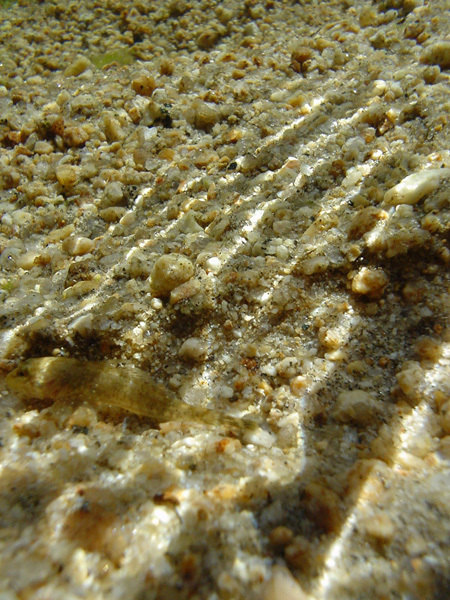
About
As an integral part of the State’s salmon recovery effort, Lead Entities were established in 1998 by the Washington State Legislature (RCW 77.85). Lead Entities are watershed based organizations that are locally focused on the solicitation, development and prioritization of salmon habitat restoration and protection projects submitted annually to the SRFB. Currently there are 27 Lead Entities distributed throughout Washington State. Each Lead Entity uses operation grants to coordinate and facilitate local salmon recovery efforts. Within these efforts are several processes such as maintaining a Lead Entity organization, the establishment and maintenance of restoration and protection strategies, recruiting local stakeholders to the process, maintaining the Habitat Work Schedule database, the solicitation of projects and the creation of an annual habitat project list to be submitted to the SRFB.
Pend Oreille Lead Entity
The Salmon Recovery Act facilitated the establishment of the Pend Oreille Lead Entity (POLE) in June 2000. The focus area for the POLE is WRIA 62 in northeastern Washington (see inset map). The Kalispel Tribe of Indians is under contract with the Recreation and Conservation Office (RCO) as the Lead Entity for WRIA 62. The Tribe provides the administrative forum, as supported by Technical (TAG) and Citizens (CAG) Advisory Groups, through which local salmon recovery efforts are coordinated.
Lead Entities are local, watershed-based organizations that solicit, develop, prioritize, and submit habitat protection and restoration projects for funding to the Salmon Recovery Funding Board (SRFB). They consist of: a coordinator (usually a county, conservation district, or tribal staff); a committee of local technical personnel; and a committee of local citizens. The local technical experts assist in development of salmon recovery strategies, and identification and prioritization of projects. The local citizen committee is responsible for developing the final prioritized project list and submitting it to the SRFB for funding consideration.
In 1998, the Washington State Legislature enacted HB 2496 to empower citizens at the community level to engage in salmon recovery through a locally driven habitat protection and restoration program. The legislation recognized that active local participation is the key to ensuring public participation in, and support for, salmon recovery. Lead entity organizations are in place to perform a necessary role in salmon habitat recovery activities in Washington State as provided in Revised Code of Washington (RCW) 77.85 Salmon Recovery (HB2496). The 27 current Lead Entities operate with funds provided by the state Legislature and administered through the Washington State Recreation and Conservation Office (RCO).
Lead Entities develop local salmon recovery strategies based on science and assessments in their local areas. Lead Entities facilitate the recruitment of local project sponsors to propose actions to implement strategies. The Lead Entity convenes a technical committee to review proposed projects and actions and a citizen committee to prioritize projects and actions in a project list. The project list is submitted for consideration to the SRFB, which must provide funding in accordance with the prioritized list. Project sponsors include public or private groups or individuals, such as a Regional Fisheries Enhancement Groups, cities, counties, tribes, state agencies, or private parties. In salmon recovery regions of the state, Lead Entity strategies serve as the foundation of the recovery planning process. The 27 Lead Entities continue to play a critical role in effective implementation of recovery plans statewide and to have a strong voice in the each of the regional recovery board planning processes.
Advisory Groups
Technical Advisory Group
(TAG)
A group of profession technical representatives known as the Technical Advisory Group (TAG) coordinate to establish and validate salmon habitat restoration and protection projects. Members of the TAG include professional fisheries biologists, hydrologists, engineers, watershed and forestry stewards who represent the Colville National Forest, Idaho Panhandle National Forest, Kalispel Tribe, Pend Oreille PUD, Seattle City Light, US Fish and Wildlife Service, Washington Conservation Commission, Washington Departments of Ecology, Washington Department Fish and Wildlife, and the Washington Department of Natural Resources, Department of Energy, Stimson Lumber Company, and Pend Oreille County. These members meet as often as monthly to discuss habitat restoration projects, strategic planning for restoration, coordination and many additional topics regarding native salmonid recovery in WRIA 62.
Citizens Advisory Group
(CAG)
As part of the local salmon recovery process, the Citizens Advisory Group (CAG) was established. The CAG works to determine which of the technically sound projects have the most community support and selects the projects that are submitted to the SRFB for funding each year. The CAG also coordinates with the Lead Entity to ensure that the public is aware and supportive of native salmonid protection and recovery through community outreach and education efforts. CAG representatives are community members of Pend Oreille County and the Kalispel Tribe and include Pend Oreille County Commissioners, Pend Oreille Sportsmen Club affiliates, farmers, ranchers, recreational sportsman, concerned citizens as well as community members simply interested in local salmon recovery. The Pend Oreille Lead Entity is continuously seeking to expand the level of community involvement. All CAG meetings are open to the public interested citizens are invited to contact Mike Lithgow, the Pend Oreille Lead Entity Coordinator or call (509) 447-7435 for information regarding CAG membership opportunities. Please watch the news and calendar pages to find opportunities to get involved with the Recovery Team.
